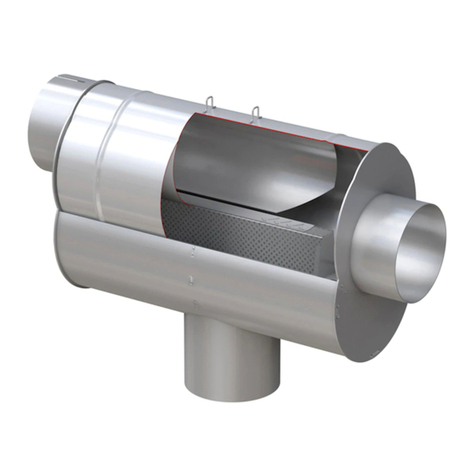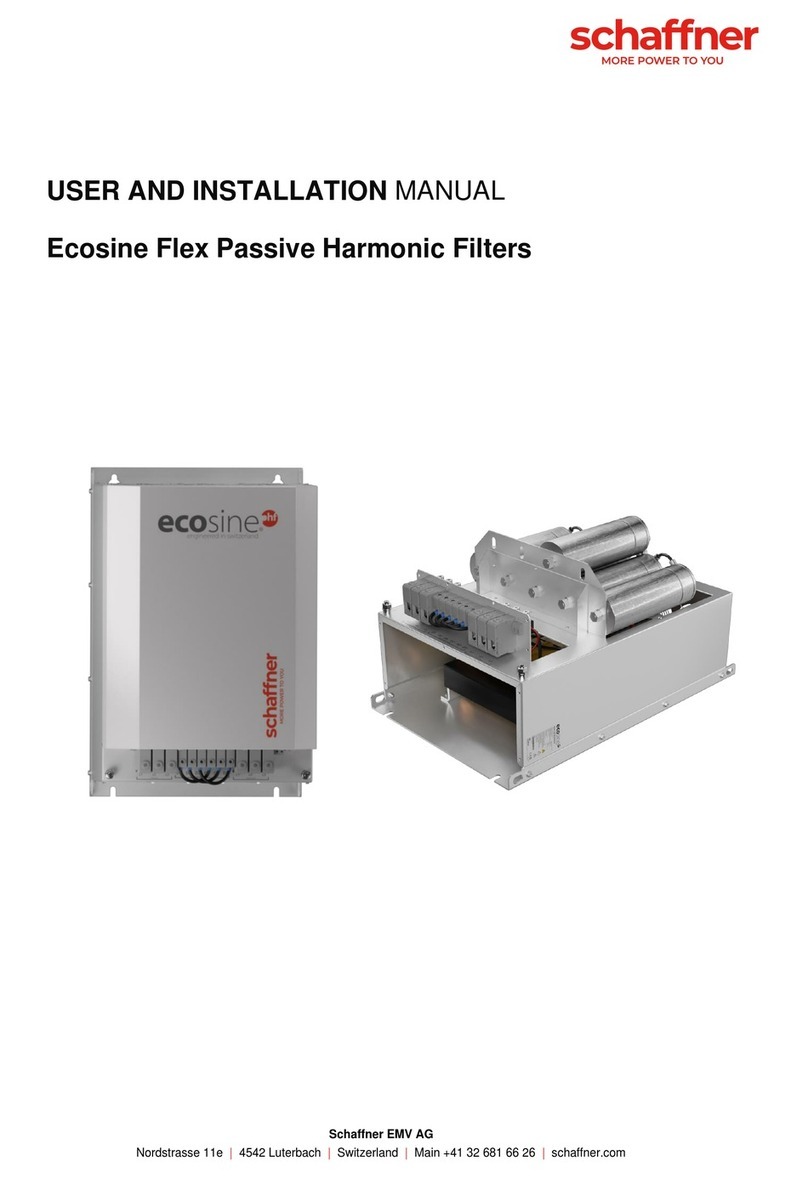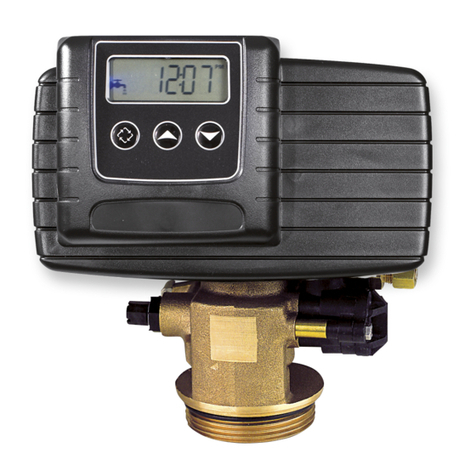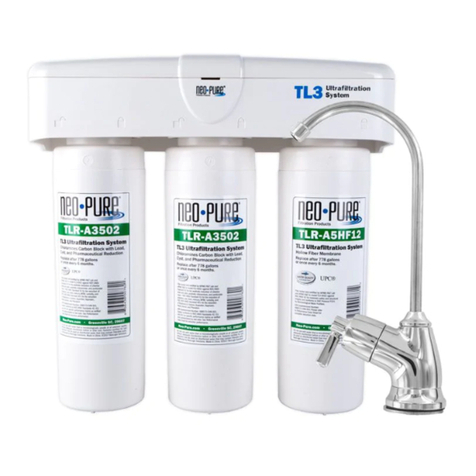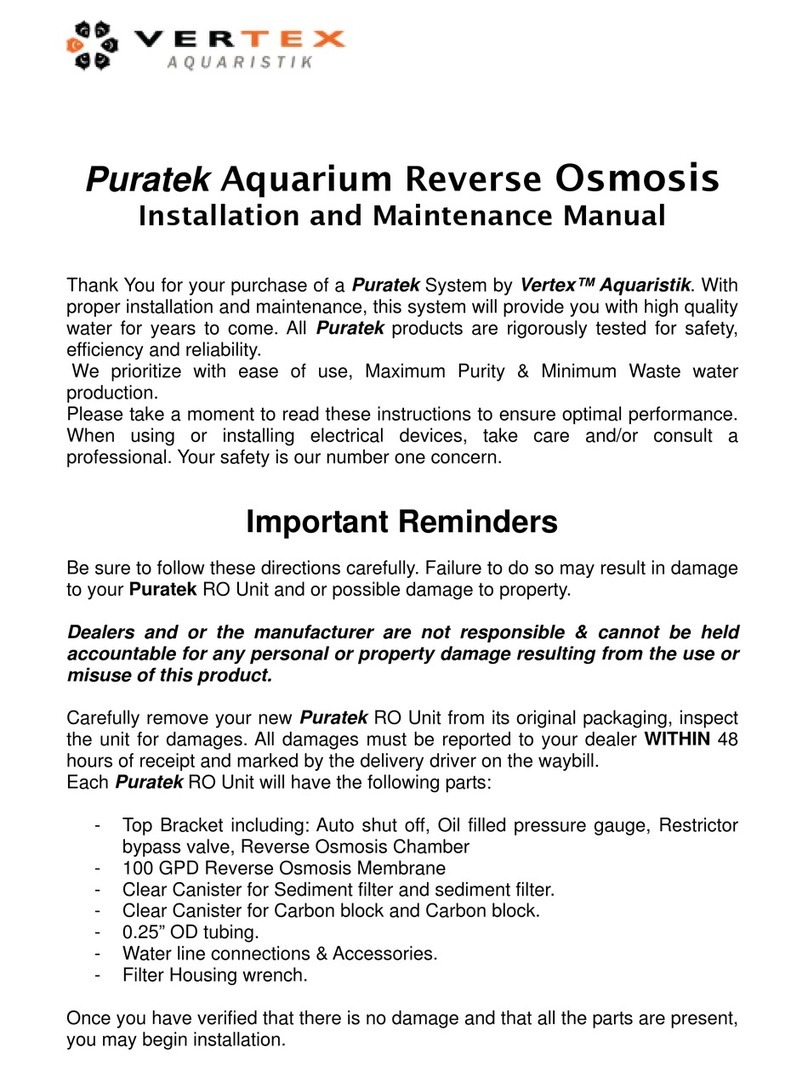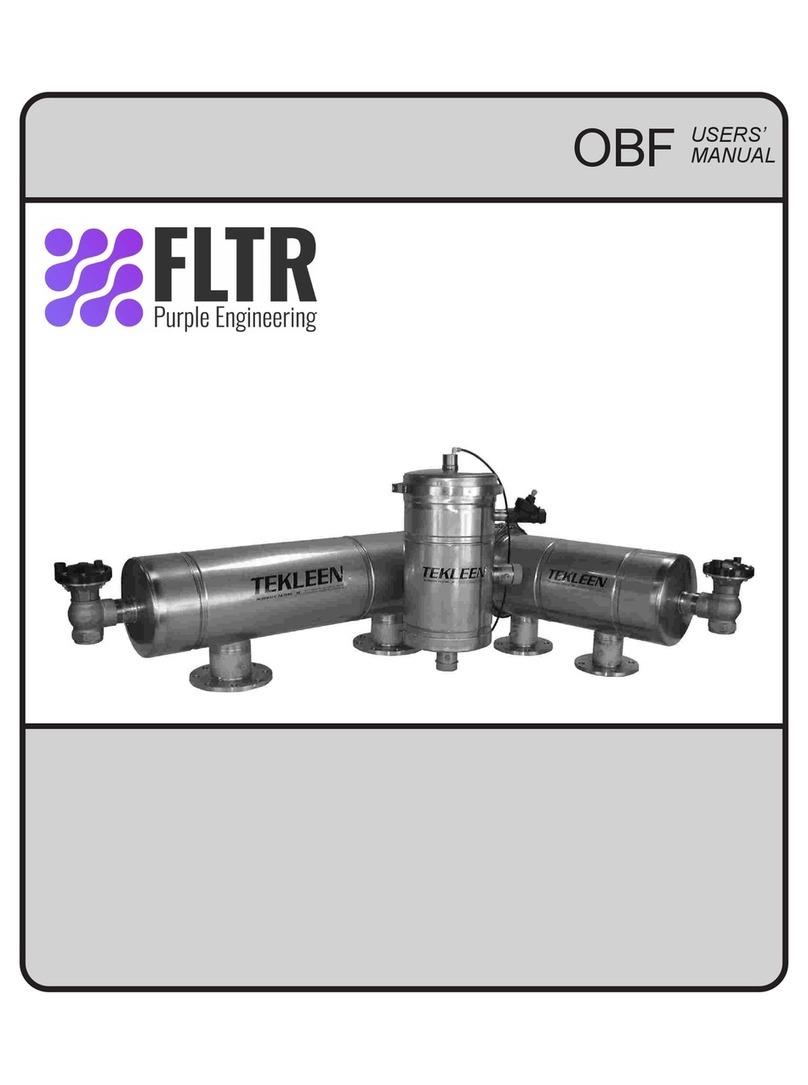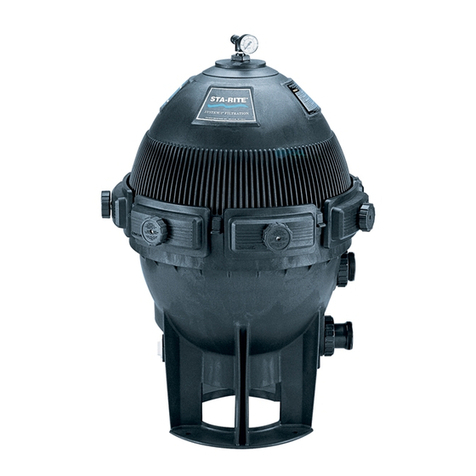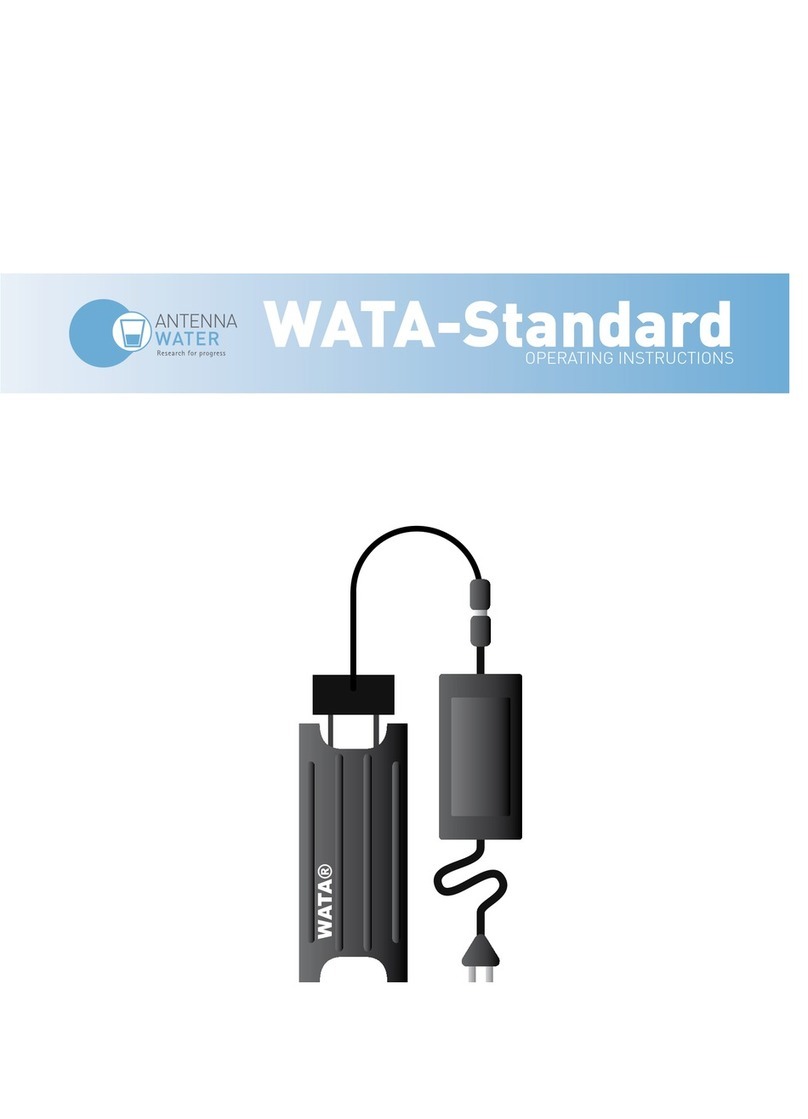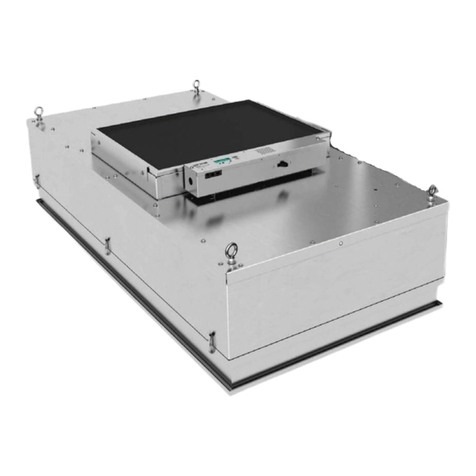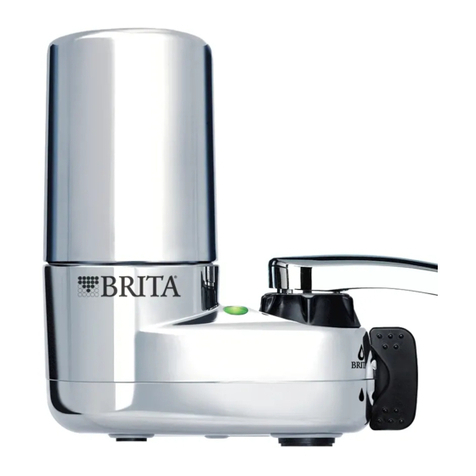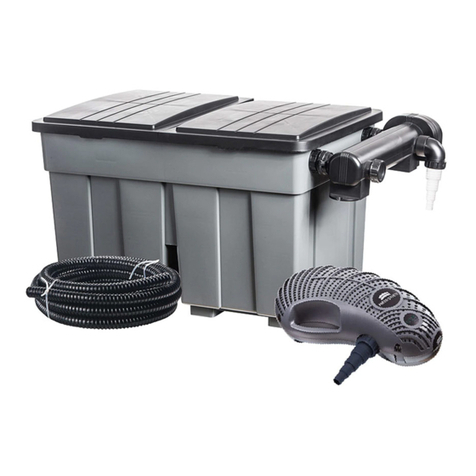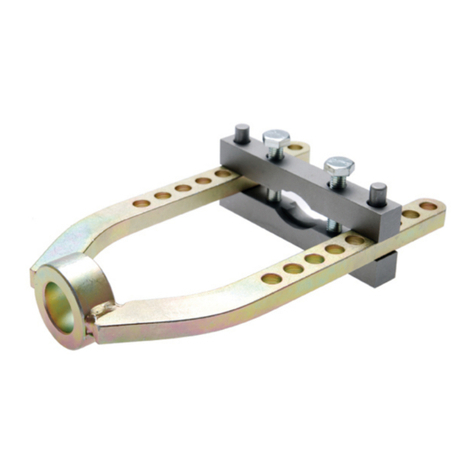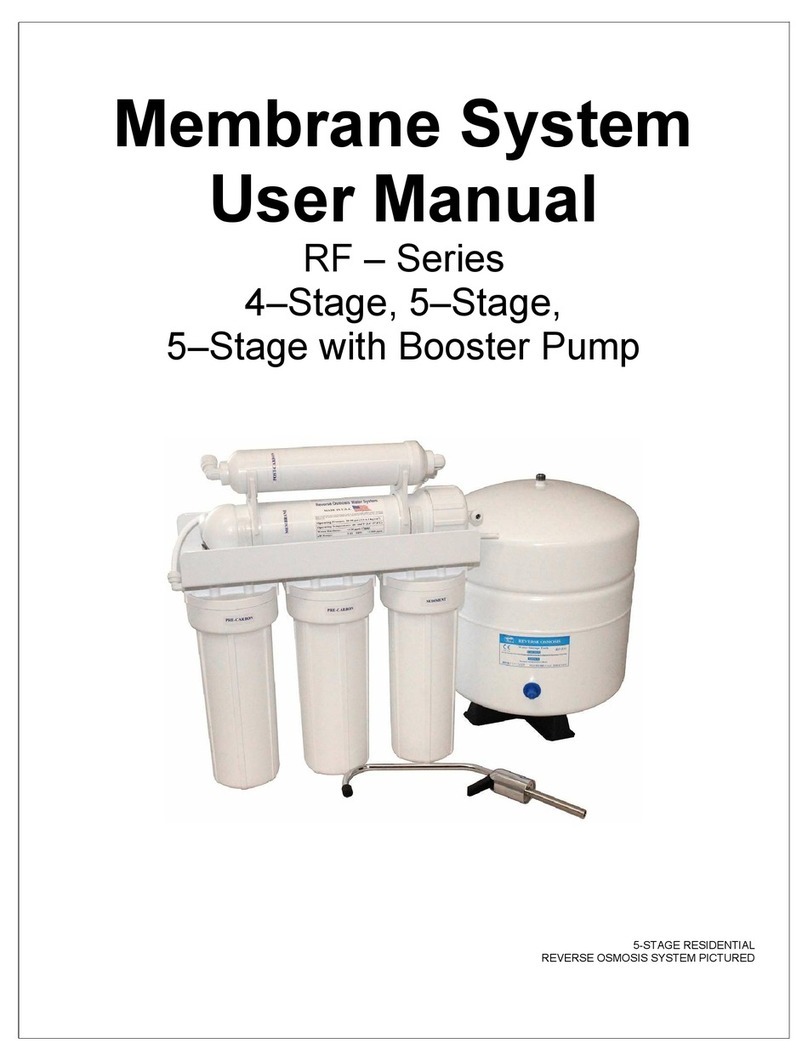1.0 INTRODUCTION
The VERTEX Pure Water Machine is a 4-stage water cleansing system. The princi-
pal cleansing of the water of its dissolved solids is by the Reverse Osmosis membrane fil-
ter (stage 3).
Stage One is a sediment filter which removes particles of rust, sand and other trash
in the water line down to 5-microns in size.
Stage Two is an activated carbon block filter which removes odors, chlorine and for-
eign tastes.
Stage Three is an advanced reverse osmosis membrane for removal of dissolved
solids. This is the heart of the system. The reverse osmosis technology removes 95% of
the dissolved solids on average. Dissolved solids are not removed by municipal water
treatment. That is why the Vertex Pure Water Machine is an important safety factor for the
water you drink and use in your cooking. Chemical contaminants such as mercury, lead,
nitrates, pesticides and others not yet identified which seep into municipal water systems
are removed. Bacteria such as cryptosporidium and giardia lamblia and others yet
unknown are removed. The RO system works differently than standard mechanical filters,
such as the two pre-filters in this system. The RO splits the incoming water into two
streams-clean water and brine water. The brine water carries away the contaminants. The
water pressure against the reverse osmosis membrane forces the water molecules through
the membrane, but the larger contaminant molecules and bacteria are kept behind and are
flushed to the sewer. The clean water goes to the storage tank and is held there ready to
use. When the faucet is opened, clean water from the storage tank flows through the final
polishing filter (Stage Four) of activated carbon and into the faucet for your use. The tank
is prepressurized with a bladder which pushes the water out through Stage Four.
On your sink, a special faucet is installed which is your safe, good tasting drinking
water, and especially good for coffee, tea and drinks. By extending a line to your refrig-
erator, it can be used to make ice cubes.
LIFE. The filter life is specified by the number of gallons of water flowing through
the system. Normal household will use two to three gallons of purified water daily. The
filters are good for 1500 to 3000 gallons total usage. Therefore, to be safe, the filters, that
is, Stage 1, 2, and 4, should be changed once per year. The reverse osmosis membrane has
a 5-year shelf life and a 3 to 4-year working life. It is recommended this membrane be
changed once each four years. See section 4.0
– 1 –
